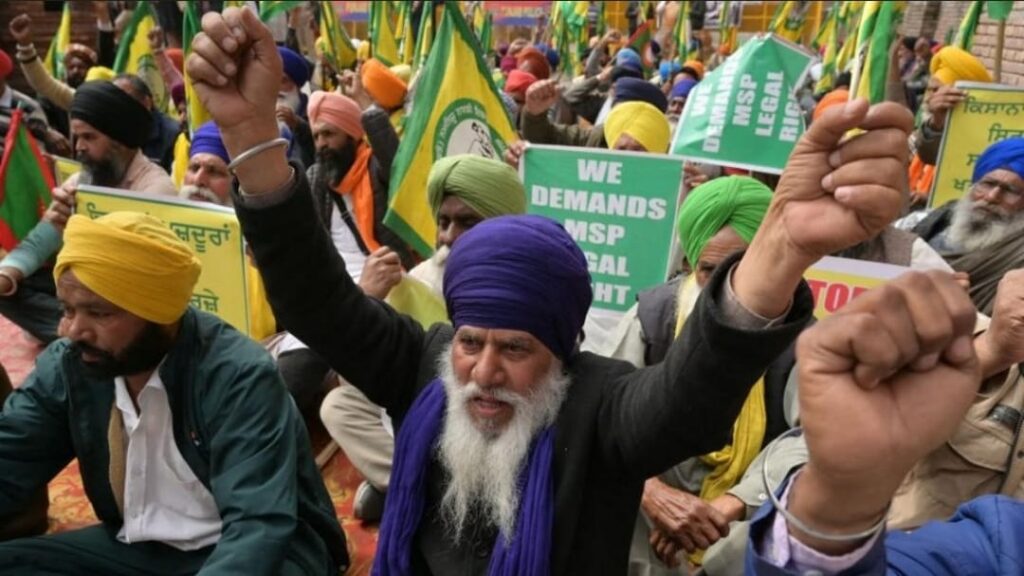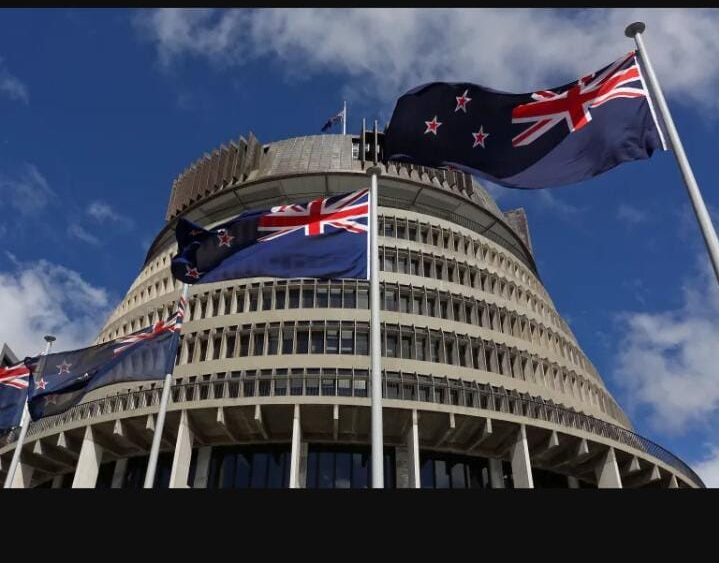
In a renewed effort, thousands of Indian farmers are once again marching towards the capital, Delhi, to press for minimum price guarantees on their crops. This follows the suspension of their strike at the end of February, triggered by the tragic death of a young farmer during the protest. Despite this setback, the farmers are determined to revive their movement, highlighting the persistent challenges faced by the agricultural community in India.
Heavy Barricades and Police Deployment
Delhi’s borders have been heavily barricaded, and an increased police presence aims to deter the farmers from reaching the capital. The government’s defensive measures underscore the tense relationship between the protesting farmers and the authorities. The clash between the two sides has intensified as the farmers defy restrictions and assert their demands for fair crop pricing.
Political Landscape Ahead of General Elections
The timing of the farmers’ renewed protests adds another layer of complexity to the situation, with India just months away from general elections. Farmers constitute a significant voting bloc in the country, making them a crucial demographic for politicians. Analysts speculate that the federal government, led by Prime Minister Narendra Modi, would be cautious not to alienate this influential group so close to the upcoming polls.
Political Sensitivity and Farmer Demands
The federal government’s reluctance to antagonize the farming community stems from the awareness that their support can significantly impact electoral outcomes. Farmers are voicing their discontent, demanding the government’s commitment to minimum price guarantees for their agricultural produce. The delicate balance between political sensitivity and addressing the genuine concerns of farmers is a challenge that Prime Minister Modi’s administration must navigate.
Failed Attempts at Dialogue
The recent resurgence of farmers’ protests echoes the earlier events of February when the government engaged in talks with unions to prevent the march from Punjab, Haryana, and Uttar Pradesh to Delhi. Unfortunately, these negotiations broke down multiple times, underscoring the deep-rooted issues and the government’s struggle to meet all the demands put forth by the farmers.
In conclusion, the ongoing farmers’ protests in India represent a multifaceted challenge, intertwining agricultural issues, political sensitivity, and the imminent general elections. The government’s response to these protests will likely shape its relationship with the farming community and influence the electoral landscape in the months to come.
Subscribe to Follow Global Trends for daily global news.To Advertise, send a mail to advertise@followglobaltrend.com

